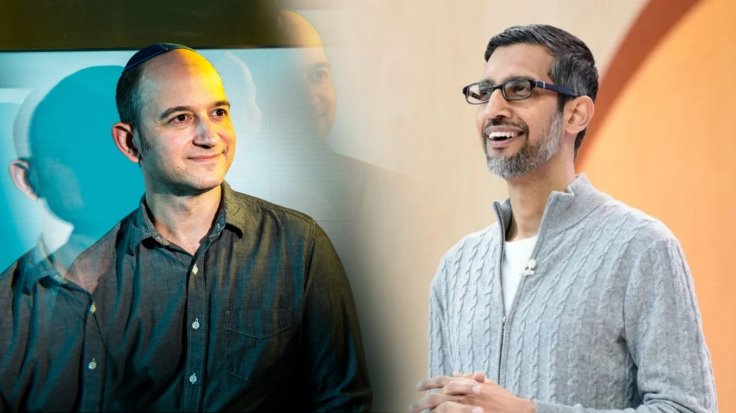Google has drawn attention by rehiring Noam Shazeer, a former employee, in a $2.7 billion deal to lead its Artificial Intelligence (AI) projects. This move, facilitated through a "reverse acqui-hire," has sparked discussion in the tech world. Google's decision highlights its commitment to staying ahead in AI development but raises questions about competition and industry dominance.

Shazeer's return marks an important chapter for Google. He initially joined the company in 2000 and played a critical role in advancing AI technology.
His most notable contribution was co-authoring the 2017 paper "Attention is All You Need," which introduced the transformer model, now the backbone of popular AI tools such as ChatGPT, Claude, and Google's own Gemini. This research laid the groundwork for significant advancements in generative AI, helping machines better understand and generate human-like text.
However, after two decades at Google, Shazeer left in 2021 following a disagreement over the launch of a chatbot named Meena, which he co-developed with fellow engineer Daniel De Freitas. Google decided not to release Meena to the public, concerned that the chatbot might produce inappropriate responses. This disagreement ultimately led Shazeer and De Freitas to part ways with the company.
After leaving Google, Shazeer co-founded Character.ai in 2021, alongside De Freitas. The startup allowed users to interact with AI-driven versions of celebrities, fictional characters, and service providers.
The platform quickly gained popularity, raising $43 million in seed funding and attracting hundreds of thousands of interactions during beta testing. By May 2023, the mobile app had amassed over 1.7 million downloads within its first week of launch, further establishing Shazeer's reputation as a leading figure in AI innovation.
The decision to bring Shazeer back into Google's fold is seen as a strategic move. The $2.7 billion deal underscores the increasing value of AI talent as competition among tech giants intensifies. Even as the broader tech sector faces layoffs, Google's investment in Shazeer emphasizes its focus on developing AI technology as a priority.
The use of a "reverse acqui-hire" to rehire Shazeer has sparked concerns within the industry. This unusual practice, where a company reacquires talent rather than products, has raised questions about its impact on smaller competitors. Critics argue that such moves may hinder innovation by concentrating talent in large corporations, reducing opportunities for smaller firms to make their mark in the AI space.
Shazeer's rehiring also comes as companies across the tech industry are racing to innovate and release cutting-edge AI products.
Google's decision to re-engage one of its top AI experts highlights its intent to maintain a leadership position in the field. As Shazeer resumes his work with the company, the tech world will be closely watching how his contributions shape the future of AI development.
In a time of rapid advancements and growing competition in AI, Shazeer's return to Google represents a critical moment in the ongoing battle for AI supremacy.









